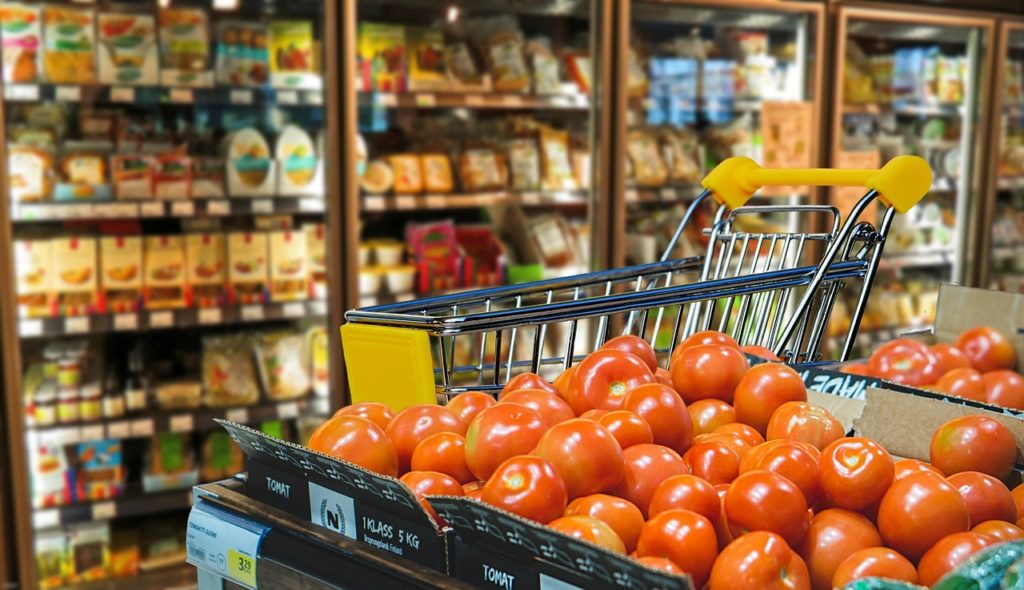Food is a universal language that brings people together. It is the foundation of every culture and a significant part of our daily lives. Over the years, food trading has played an essential role in connecting global flavors and cultures. With the world becoming more interconnected and diverse, it is now easier than ever to explore and experience the different flavors of the world.
In this article, we will explore the significance of food trading in connecting global flavors and cultures. We will take a closer look at the history of food trading, the benefits, and challenges of food trading, and how it has transformed the food industry.
History of Food Trading
Food trading has been around for centuries. As early as the 15th century, merchants would travel the world in search of new and exotic spices, herbs, and foods. They would bring back these items to their home countries, where they would be highly valued and sought after. The spice trade, in particular, was a significant driver of global trade during this period.
In the 19th and 20th centuries, advancements in transportation and technology made it easier to transport perishable goods over long distances. This led to the rise of the global food trade and the emergence of multinational food companies. Today, food trading is a vital part of the global economy, and it is estimated that food trade accounts for around 10% of all international trade.
Benefits of Food Trading
Food trading has numerous benefits, both for individuals and countries. For one, it allows people to experience different flavors and cuisines from around the world. It promotes cultural exchange and helps to foster a deeper understanding of different cultures and traditions.
On a larger scale, food trading can help to boost economic growth and reduce poverty. It allows countries to export their goods to other markets, creating new opportunities for farmers and food producers. It also provides consumers with access to a wider variety of foods at more affordable prices.
Challenges of Food Trading
Despite the many benefits of food trading, it also presents some challenges. One of the most significant challenges is ensuring the safety and quality of imported foods. There have been instances of food-borne illnesses and contamination, which can have serious health consequences.
Another challenge is the impact of food trading on local food systems. Some argue that food trading can lead to the displacement of small-scale farmers and food producers, as they are unable to compete with larger, more established producers from other countries.
How Food Trading has Transformed the Food Industry
Food trading has had a significant impact on the food industry. It has led to the development of new technologies and transportation methods, making it easier to transport and store perishable goods. It has also led to the emergence of multinational food companies, which dominate the global food market.
One of the most significant changes brought about by food trading is the globalization of food. Today, it is possible to find foods and ingredients from all over the world in your local supermarket. This has led to the fusion of different flavors and cuisines, creating new and exciting culinary experiences.
Conclusion
Food trading has played a vital role in connecting global flavors and cultures. It has allowed people to experience new and exotic foods, promoting cultural exchange and understanding. While it presents some challenges, the benefits of food trading are undeniable. It has helped to boost economic growth, reduce poverty, and transform the food industry. With the world becoming more interconnected and diverse, food trading will continue to play a significant role in shaping the future of food.
FAQs
- What are the most commonly traded foods in the world?
- How has food trading impacted local food systems?
- What are the benefits of importing food from other countries?
- How can consumers ensure the safety and quality of imported foods?
- What are some of the challenges faced by small-scale farmers and food producers in the era of food trading?
- What are the most commonly traded foods in the world?
Some of the most commonly traded foods in the world include coffee, cocoa, tea, spices, and fruits. These items are often grown in developing countries and exported to developed countries where they are highly valued and in high demand.
- How has food trading impacted local food systems?
Food trading has had both positive and negative impacts on local food systems. On one hand, it has allowed for the export of local goods to other markets, providing new opportunities for farmers and food producers. On the other hand, it can lead to the displacement of small-scale farmers who are unable to compete with larger producers from other countries.
- What are the benefits of importing food from other countries?
Importing food from other countries can provide consumers with access to a wider variety of foods at more affordable prices. It can also promote cultural exchange and understanding by allowing people to experience different flavors and cuisines from around the world.
- How can consumers ensure the safety and quality of imported foods?
Consumers can ensure the safety and quality of imported foods by checking for proper labeling and certifications, researching the source of the product, and being aware of any potential health risks associated with the product.
- What are some of the challenges faced by small-scale farmers and food producers in the era of food trading?
Small-scale farmers and food producers often face significant challenges when it comes to competing with larger, more established producers from other countries. They may lack the resources and infrastructure needed to transport and market their products effectively and may struggle to meet the strict regulatory standards required for exporting goods to other countries.

